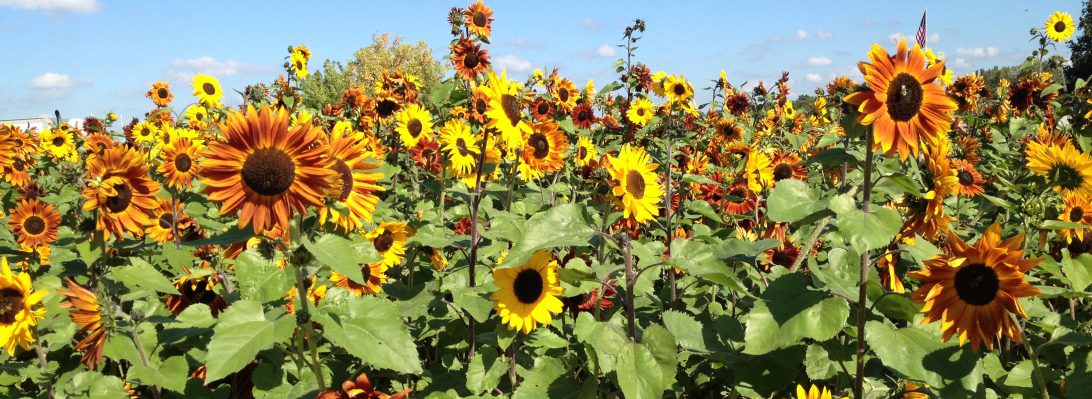ON A SATURDAY morning in El Alto, Bolivia, a group of men and women at the Internet café Scorpio are intently studying the computer screens in front of them. Some of these people have never had Internet access before, but now they are learning about blogging, digital photography and video techniques—all the tools they need to have a voice in the online global dialogue that is the Internet.
This three-hour workshop is part of Voces Bolivianas, an innovative program that gives Bolvians from all sectors of society a chance to tell their story online. Typically Internet content about Bolivia is created by one segment of the population: the middle and upper classes. But Voces Bolivianas enables people from underrepresented populations—the poor, women and indigenous groups—to publish their stories. The result is a mosaic of video, writing and audio that is as diverse as the country itself. “I think the Internet can be the great equalizer, as it connects people that may not normally interact offline,” says Voces Bolivianas Director Eduardo Ávila.
Along with Mario Durán and Hugo Miranda, two other well-known Bolivian bloggers, Ávila started Voces Bolivianas in September 2007. Startup funds came from Rising Voices, an outreach of the non-profit organization Global Voices online. The initial workshop trained 23 new bloggers and created demand for even more workshops. For the first time, people like Marisol Medina, a student at the Public University of El Alto, had a platform to communicate online, whether she was writing about her quest to learn the native indigenous language of Aymara or the unfairness of boys throwing balloons at girls during carnival. In her blog called Realities, Loyola Larico writes about the importance of traditions. “From the cultural point of view, we should not forget our traditions and customs,” she writes. “My grandfather would say, if you know where you come from, you will know where to go.”
Other Voces Bolivianas students, including artisans, laborers, government workers and teachers, have created blogs about local politics, daily life in El Alto, Bolivian rock music, art and dance, and neighborhood struggles. “I think these groups have not been on as equal footing as many other sectors in Bolivia, and now they have just as much opportunity to express themselves as anyone else,” Ávila says. “I have also been content with how many of the young people and university students are finding a place to connect in regards to maintaining customs and traditions.” Translators at Voces Bolivianas maintain a site in the Aymara language and plan to add sites in Bolivia’s two other indigenous languages: Quechua and Guaraní.
The Voces Bolivianas training program also includes instruction in photography, video and audio. In one workshop, the participants were able to wander around El Alto and take photographs to share with the world on the free picture-posting site Flickr. The students were given access to video cameras to produce videos about daily life and traditions that are posted on the highly popular web site youtube.com. Some of the students produced audio recordings, called podcasts, to include with their blogs.
The success of the first project created demand for an additional project in El Alto and another in the city of Santa Cruz. According to Ávila, Voces Bolivianas would like to expand to two new cities and add more language sites in the immediate future. “We are in the process of looking for more funding to be able to take advantage of the interest in this field to be able to reach more people,” he explains.
Published in Americas Magazine by Chris Hardman
